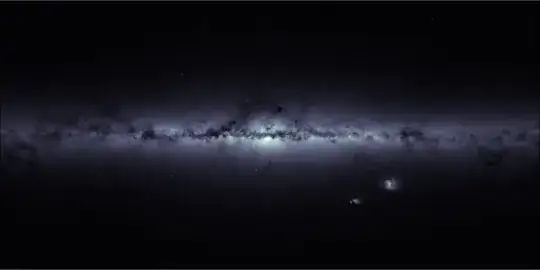I'm really excited about the results of Fermilab and J-PARC on the measurement of $(g-2)_\mu$, that is, the anomalous magnetic moment of the muon. The current value of $g-2$ is
\begin{align}
a_\mu^\mathrm{exp}&=0.001\;165\;920\;91(63)\\
a_\mu^\mathrm{SM}&=0.001\;165\;917\;64(52)
\end{align}
where $\mathrm{SM}$ is the full Standard Model prediction, and the uncertainty $(52)$ is mostly just hadronic. There is a $4\sigma$ deviation between theory and experiment, which leads to three possible explanations:
The experimental result is wrong: the errors are underestimated or there are undetected systematic errors in the measurement.
The theoretical calculation is wrong: there is a lot of research about the hadronic contribution because it is very difficult to estimate from first principles. There is a (IMHO, high) chance that the hadronic contribution is miscalculated.
Beyond Standard Model physics: there are unknown particles that contribute to $a_\mu$ (e.g., supersymmetric particles).
There are many planed experiments to constraint the second possibility$^1$, and Fermilab and J-PARC intend to rule out the first one, so that we are certain that the third case is the right one. Therefore, after Fermilab and J-PARC we will probably have the first quantitative evidence of BSM physics!
Fermilab is supposed to be running from 2017 to 2018 and will present the results soon after. AFAIK, there is no announced date for J-PARC, but it is expected to begin in the late 2010s.
For more info, see http://arxiv.org/abs/1512.00928
$$ $$ $$ $$
The Fermilab muon ring:

$^1$ and I hope there'll soon be definitive lattice calculations that will settle the uncertainty.




